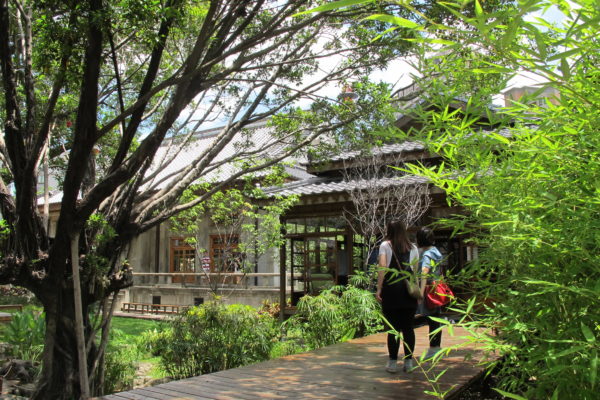Taichung | Taiwan

Culture and cuisine
Taichung’s museums include the National Museum of Natural Science, which covers everything from local ecosystems to traditional herbal medicine and Taiwanese religious practices, and the National Taiwan Museum of Fine Arts. The latter, Asia’s largest art museum, has four levels of exhibition space and a collection that, while particularly strong when it comes to cutting-edge local art, includes works almost 400 years old.
There’s another place not far from the city centre worth seeing, and one that’s more in keeping with the Taiwan of yesteryear than the tall office buildings and swanky apartment blocks that characterise the city: Taichung Folklore Park, where replicas of traditional homes are displayed alongside tools and items of furniture.
The busiest road in Taichung is called Taiwan Boulevard. It links the downtown with the municipality’s port. Many of the city’s major hotels are on or very near this broad thoroughfare, while an impressive number of fine eating establishments can be found in another neighbourhood very near the art museum. If none of those eating options appeal, visitors can explore Fengjia Night Market, said to be Taiwan’s biggest and busiest evening bazaar.
Anyone planning to overnight in Taichung will find this Life of Taiwan blog entry useful.
Changhua’s Mount Bagua
The county directly south of Taichung is Changhua. Often bypassed in favor of the small but historic town of Lukang, Changhua City has enough traces of the past to justify a day-long tour. The city’s single most famous building is its Confucius Temple, but for many visitors Mount Bagua and its giant Buddha statue are highlights. Long before the Buddha was added to the landscape, Mount Bagua was the site of one of the most important battles in Taiwan’s history. It was here, in the summer of 1895, that the Japanese Army routed Taiwanese forces trying to prevent Japan’s takeover of Taiwan. They failed and Taiwan became a colony ruled by Tokyo for the next fifty years.
The broad stairway behind the library gets you to the top of Mount Bagua (the name has Taoist connotations) in no time at all. En route there’s a good amount of shade and impressive numbers of butterflies. The Great Buddha, completed in 1954, is 23 m (75 ft) high and made of concrete painted a very dark brown, is far more appealing that this description suggests!
The park surrounding the statue offers superb views over this city of 226,000 people, and often all the way to the wind turbines that dot the coast about 16 km (10 miles) away. Each spring, birdwatchers head to Mount Bagua to see vast numbers of Grey-faced buzzards and Chinese sparrowhawks as they migrate north from the Philippines to their breeding grounds in Japan and Korea.
Elsewhere in Changhua County, Erlin Township is now the centre of Taiwan’s winemaking industry, while nearby Tianwei Township thrives thanks to its production of flowers and decorative trees. In both places, farming shifted away from traditional food crops after Taiwan joined the WTO in 2002.

